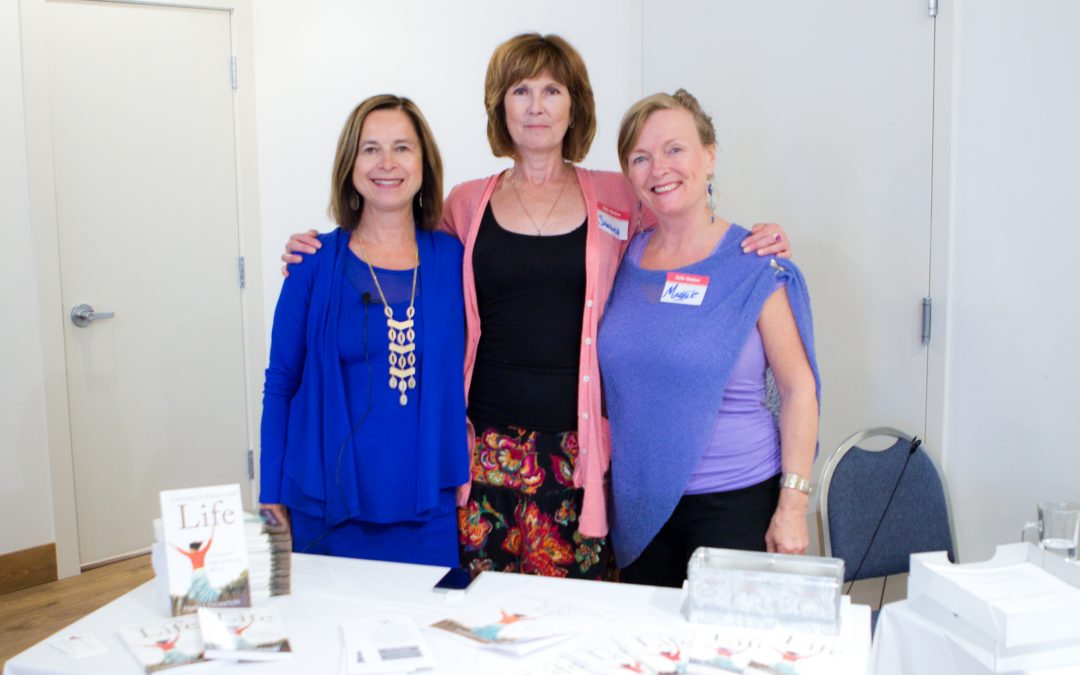
The “New Normal”: Creating Workplaces that Embody and Support Work-Life Balance
Many people are talking about the “new normal” and what our lives will look like after COVID-19. Rather than returning to old beliefs, systems and ways of working, I view this time as an opportunity to internalize new beliefs, create new systems and ways of working, building on the lessons learned so far and based on the vision of a world that works for everyone.
One area that I feel strongly about is Work-Life Balance. Having almost burnt out several times in my life I know what it is like to feel SOoo tired and to push through fatigue to finish that one last “thing”, instead of listening to my body and taking a break. I’ve also witnessed younger and younger women clients losing their passion and burning out. Perhaps you relate.
Did you know that burnout is reaching epidemic proportions worldwide?
In May of 2019, the World Health Organization (WHO) revised its classification of burnout from a medical condition to an occupational phenomenon. Their definition:
“Burn-out is a syndrome conceptualized as resulting from chronic workplace stress that has not been successfully managed. It is characterized by three dimensions:
- feelings of energy depletion or exhaustion;
- increased mental distance from one’s job, or feelings of negativism or cynicism related to one’s job; and
- reduced professional efficacy.” [1]
The importance of this change in the WHO classification is that it acknowledges that organizations and their leaders have a role to play in reducing workplace stress; rather than burnout being perceived as a personal medical issue, a sign of weakness and something to be hidden and ashamed of.
To learn more about how to know if you’re burning out and what to do about it see: https://pamela-thompson.com/how-to-know-if-youre-burning-out-what-to-do-about-it/
Work-Life Balance
When you think about work-life balance what thoughts or feelings come up for you? You may have negative feelings about the term and believe it isn’t possible OR you may dream of living a life where you no longer are feeling there is so much to do and so little time but instead are feeling healthy, happy and fulfilled.
For me, work-life balance is both personal and elusive. Personal, because what work-life balance looks and feels like for me is different from what work-life balance looks and feels like for you. Elusive because many people speak about work-life balance and yet few are able to achieve or maintain it.
How can you as a leader integrate work-life balance into your own life and model it for others in the workplace? Here are some “tried and true” strategies:
Personally:
- Count up the number of hours you typically work in a week. Is it more than 50? (Obviously sometimes)
- Make a commitment to reduce the number of hours you typically work weekly (choose a realistic number to begin with)
- Experiment with a work week when you reduce your hours. Then notice how you feel. You may wish to journal about it
- Make a clear differentiation between work and home time. For example, before leaving work say to yourself, I am now leaving work behind, or pick a point on your drive or walk home where you make a conscious choice to release work and step into “your” time
- Begin incorporating mindfulness practices into your personal life; e.g.
- on awakening while lying in bed do a body scan from the top of your head to the bottom of your feet noticing any tension, discomfort, heaviness. Breathe into those areas of tension, discomfort or heaviness and set the intention to release and let go of them.
- Start doing mindfulness walking meditations 3 times/week for 30 minutes each time.[2] Some of my clients do this at lunch hour. Others after work. Notice how you feel before, during and after. Is there a cumulative effect?
- Schedule blocks of time in your calendar for you (e.g. work out at the gym, yoga class, lunch with a friend, concert with your partner)
- Unplug at least 90 minutes before retiring and encourage your colleagues to do the same.
Organizationally:
- At work, encourage people to take breaks
- Set clear expectations with your direct reports and colleagues related to NOT checking emails and answering texts on evenings and weekends. Share with them the importance of them taking time for themselves and their families
- Have short meetings (up to 60 minutes max) with clearly defined agendas, and expectations so people know why they’re there, how to prepare and the expected results
- Encourage people to take lunch breaks
- Support people to take regular vacations and to NOT check their emails while on vacation (set up a buddy system so staff and managers can feel that the key aspects of their positions are being covered while they are away)
- Have yoga classes and/or a gym on site and participate in the classes/use the facilities yourself.
What strategies have you found helpful to create more balance in your life on a personal level and if you have a team, on an organizational level? I welcome your comments and suggestions below. Feel free to share this post with others.
*updated from May 2, 2016 blog post
[1] https://www.who.int/mental_health/evidence/burn-out/en/
[2] A tool from Easter psychology that I have found extremely useful for getting “out of my head” and into my body is Mindfulness Walking Meditation. Mindfulness practices focus on the senses and feeling sensations and emotions in our bodies. When we do a mindfulness walking meditation, we feel the ground beneath our feet, we feel the breeze against our face, we feel the cool air going from our nostrils down into our lungs. We smell the scent of salt or the aroma of lavender in the air and observe the scenery in front of us. We try to stay out of our minds and experience our senses. Rather than spend a walk in nature constantly thinking and processing all the things we have to do, instead we stay present and experience nature and all of its beautiful sights, smells, sounds and sensations.
